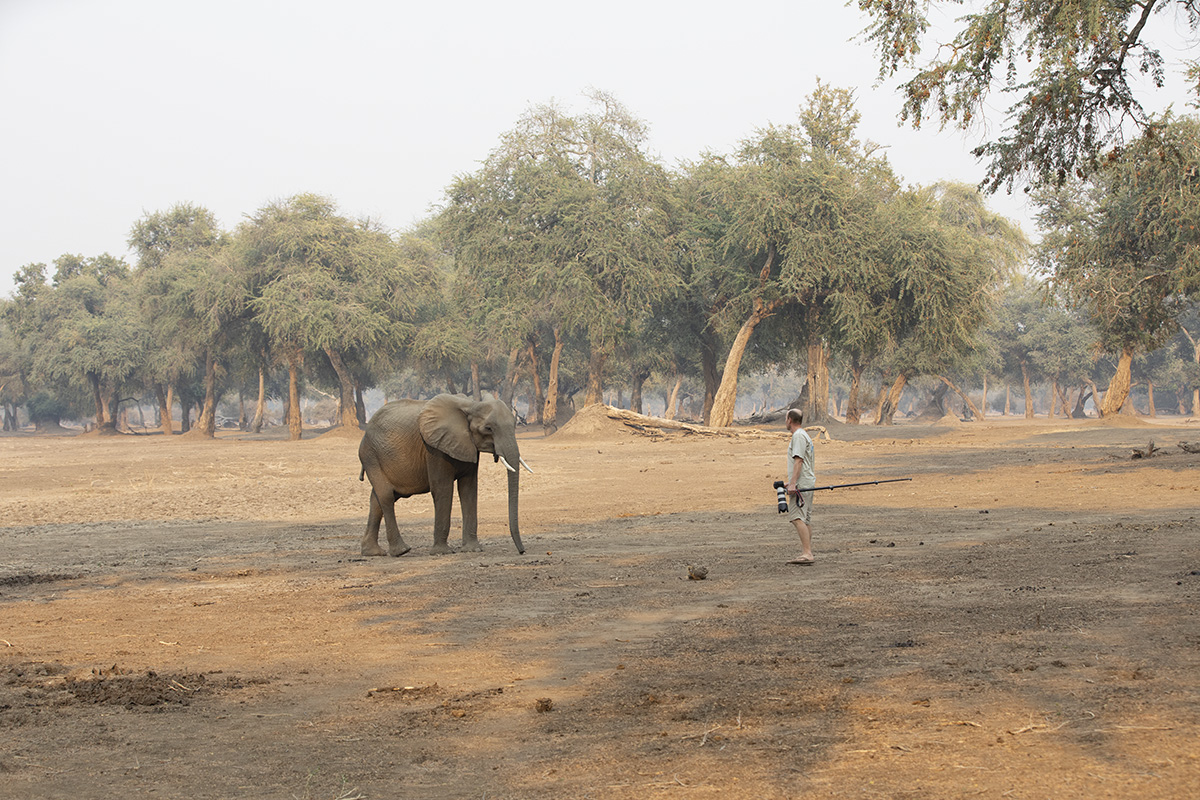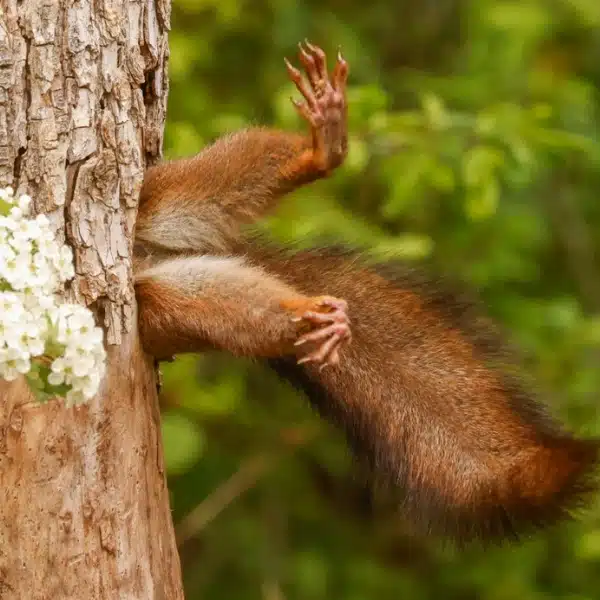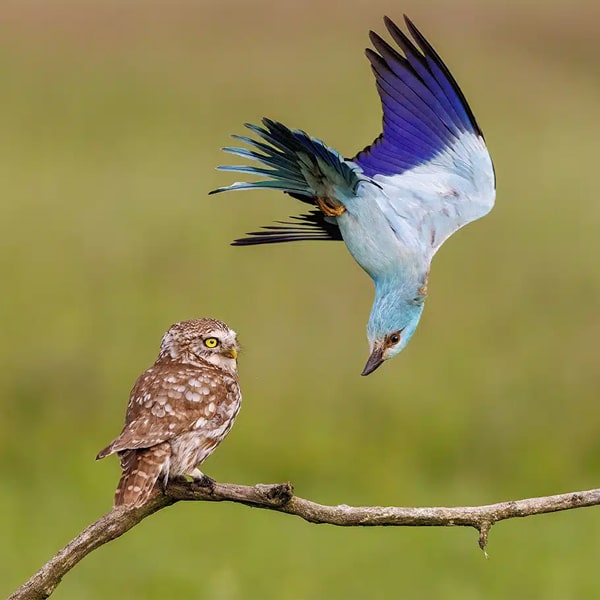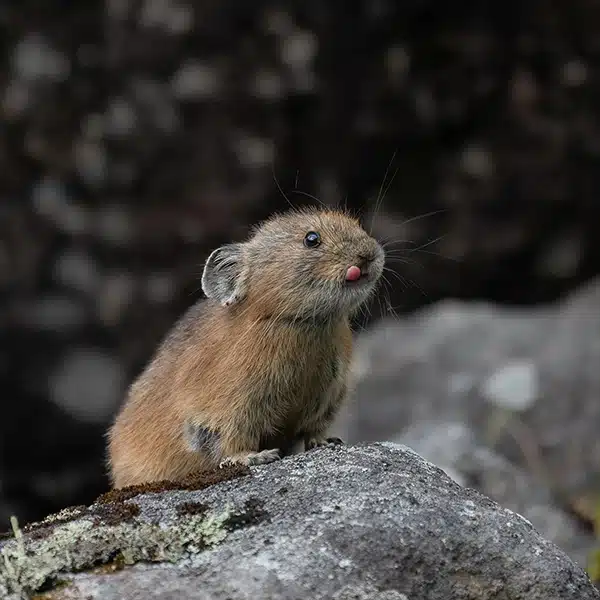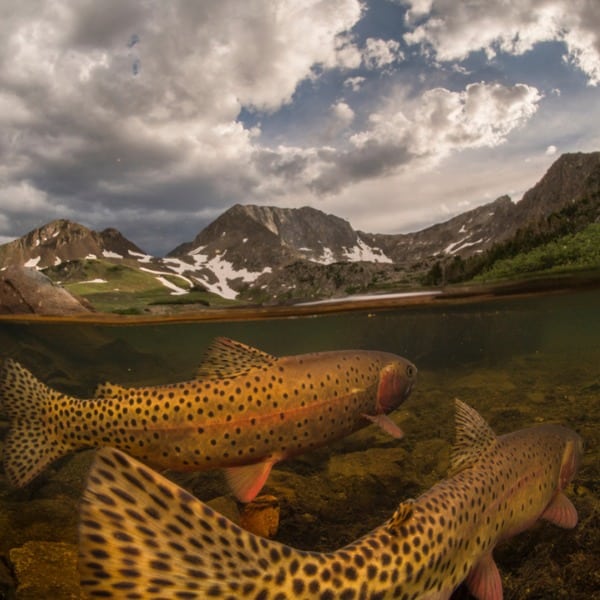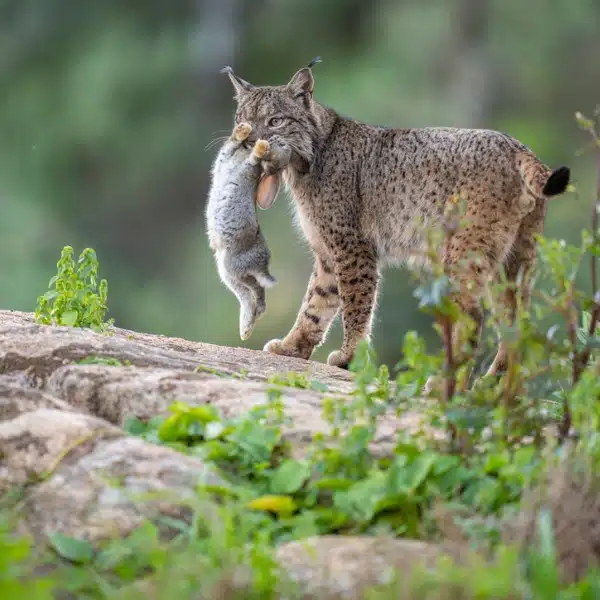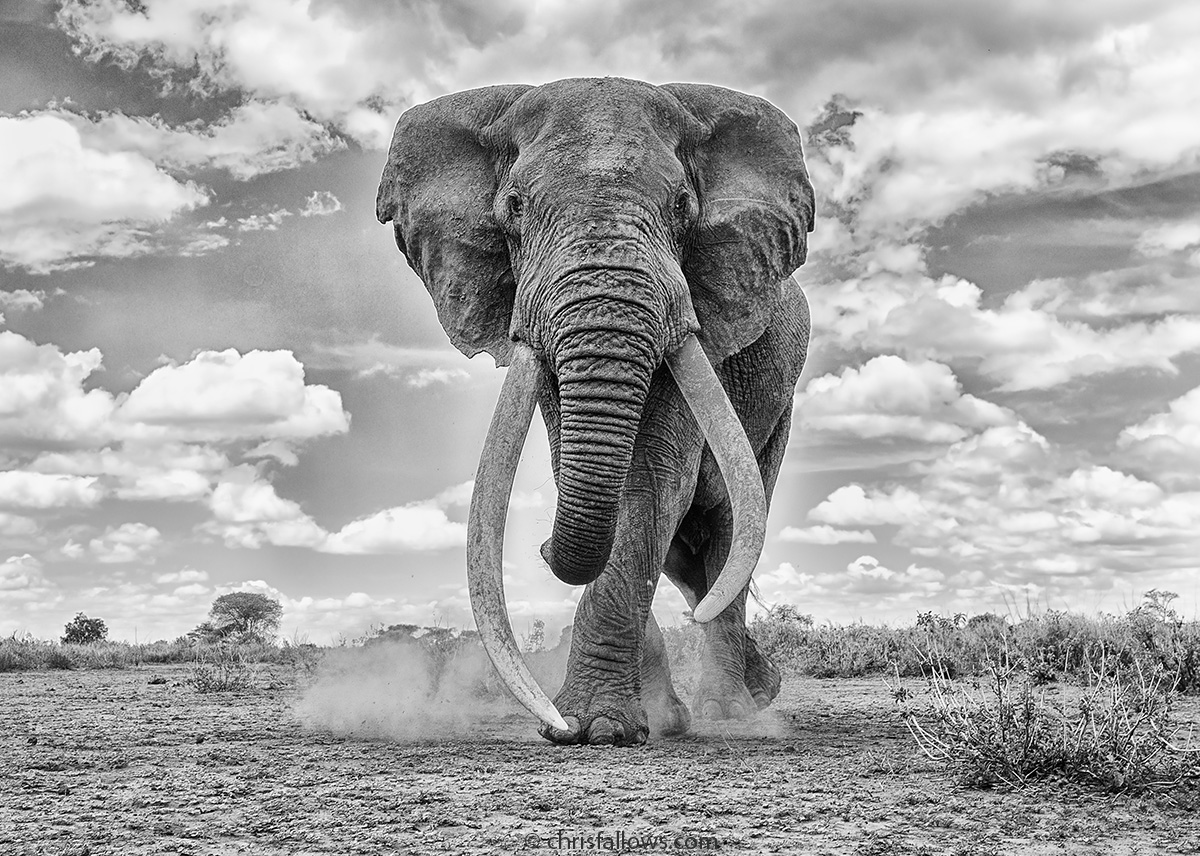
Photographer Chris Fallows captures awe-inspiring images of wildlife in their natural habitats. He first became known, decades ago, for his portraits of great white sharks. The popularity of these pictures launched him from a hobbyist photographer into the field as a full-time professional. Since then, Fallows has not let a moment of the incredible privilege he has to travel and be among the Earth's animals go to waste. In recent years, he has immersed himself in the world of elephants and documented stately portraits of these powerful, lumbering creatures.
Fallows’ cinematic photography showcases the elephants traversing the African landscape. Taken from a worm's-eye view, these creatures look majestic—especially as a tight-knit family unit. This visual treatment of them goes beyond chronicling their movements and is part of Fallows’ larger mission to raise awareness and help preserve their livelihood. African elephants are considered vulnerable with a population of about 415,000—a far cry from the more than 10 million elephants that roamed the continent at the turn of the 20th century. Fallows’ hope is that by presenting everyday people with the beauty, grace, and familiar bonds of elephants that it'll send an urgent message that we need to conserve what is left of the creatures.
We spoke with Fallows about his work photographing elephants and the role he feels wildlife photographers must take in protecting endangered animals. Scroll down to read his exclusive interview with My Modern Met.
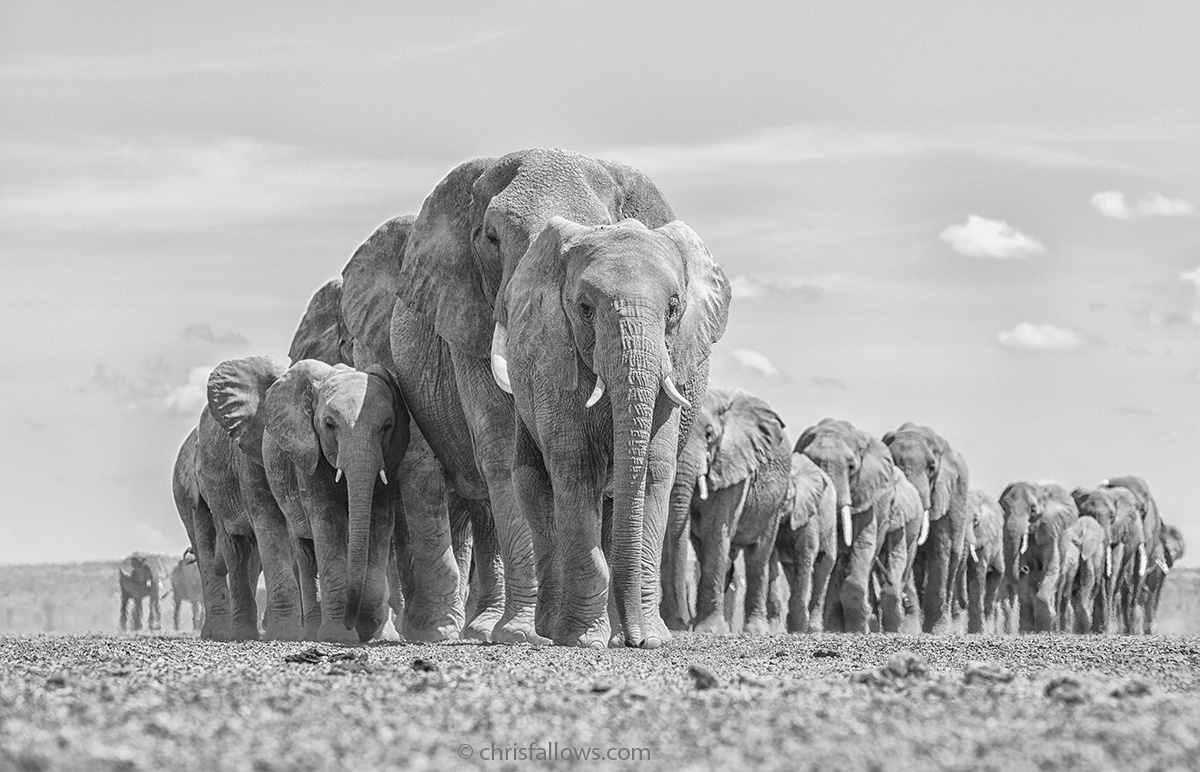
How did you begin your journey into photography?
From the age of two, I have been immersed in the wilds of Africa with parents who loved nature, and in 1996 I was fortunate enough to be the person to discover the world-renowned breaching great white sharks in South Africa. I saw huge potential to take what was an amateur hobby in photography to making it into a full-time profession based on the incredible interest in my first few images of this behavior.
What were some of your early photographs?
In the early days, I focused more on the intense action. My motto was, “go big or go home,” and I really loved to fill a frame with action. As my work evolved, I tried to bring in more pleasing aesthetics, pay more attention to backgrounds while making my subjects the focus of the image, and also, where possible, bringing in the entire environment in which they live.
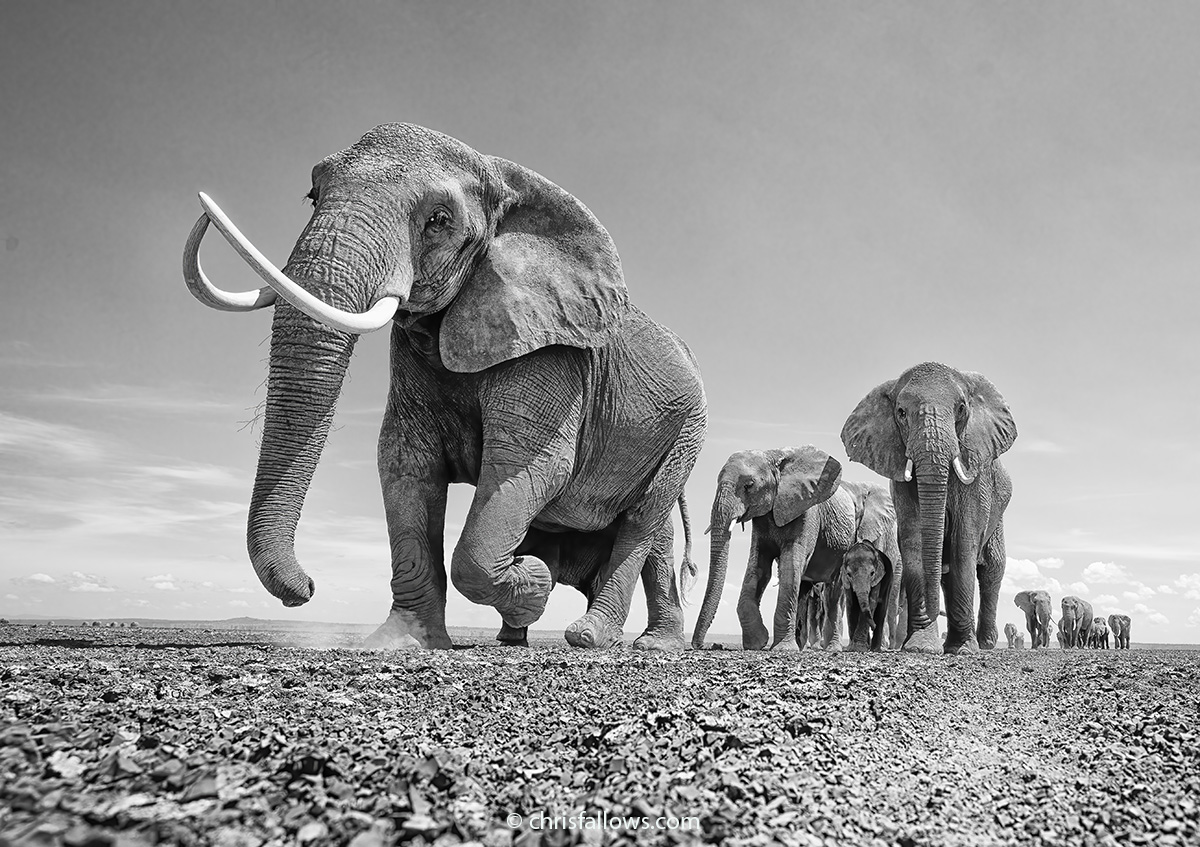
How did your early images inform the work you’re making today?
My first few years gave me a tremendous understanding of my subjects and taught me where and when to expect certain behavior. Over the years, I became far more in tune with the environment in which I worked. Today, my work is heavily focused on capturing a few truly exceptional images each year rather than a multitude of good or mediocre ones. I spend a significant amount of time preparing for an expedition: I look at weather, atmosphere, behavior, and unique aspects of my subjects. To get a good wildlife photograph is easy, to get a great one takes a lot of homework.
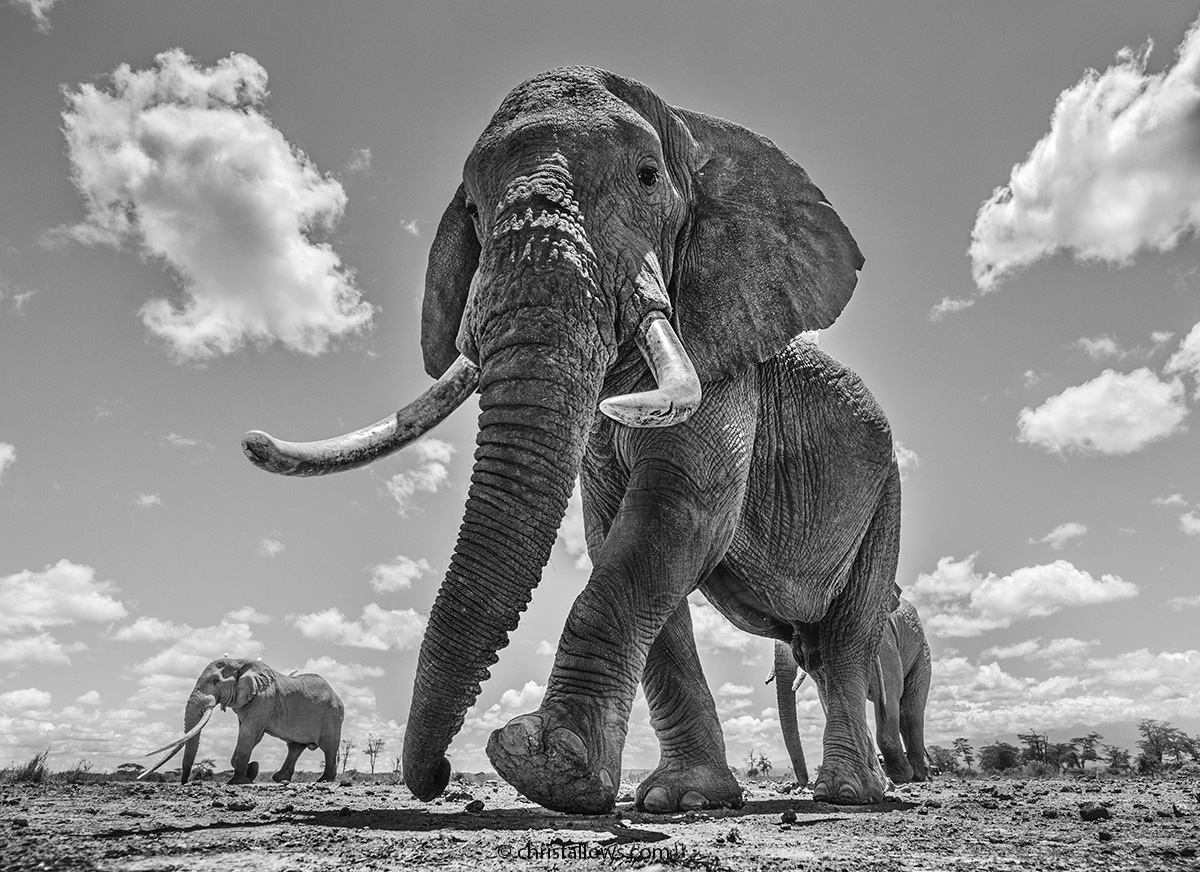
You have spent a great deal of time following and photographing great white sharks. What is photographing a shark like, versus observing and photographing elephants?
Yes, for nearly 30 wonderful and privileged years I have specialized in breaching and hunting great whites. This means you are, for the most part, focusing on trying to catch a split second of an incredibly fast-moving predator's life. You have no idea of when it will happen, and it is the most difficult form of wildlife photography I have ever done, but it is the perfect form to sharpen and hone your skills.
Photographing elephants is obviously a lot slower, as you can see what your subjects are doing and you can far more easily prepare. What this means, however, is that it is far more accessible to everyone and therefore if you want your work to stand out, it needs to be exceptional. It needs to have elements that others' work doesn’t have. I don’t work with any tame or captive animals, and this means I need to take time to get the elephants comfortable with me, that they accept me at close quarters. I get down very low, shoot typically very wide, and I focus on particular elephants in a herd that are exceptional. If possible, I look for pleasing lines and patterns in the movement of the herd as this adds to the aesthetic feel of the image.
In all my fine artworks, I look for exceptional individuals, be they black manned lions, tusker elephants, or huge sharks. I really try to showcase the last of the truly exceptional and rare individuals that are still out there to draw attention to what we stand to lose if we do not conserve these icons. Sadly, so many of my photos represent behavior that we will never again see on our planet. If this is not a call to action, then nothing will be.
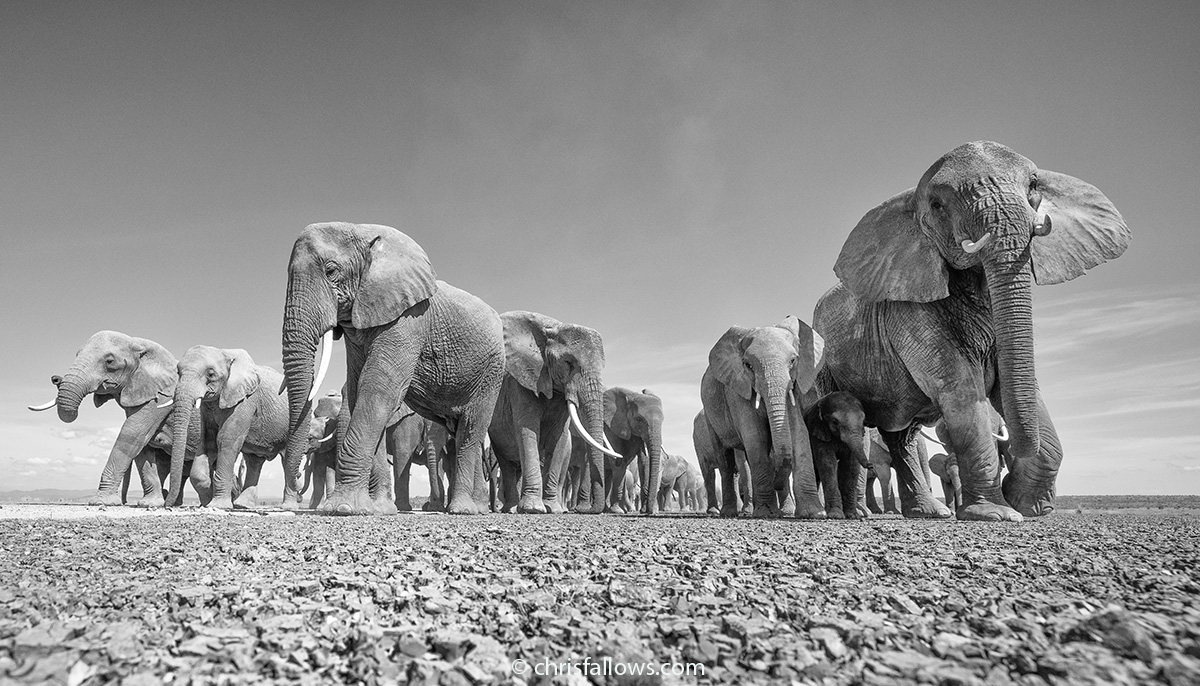
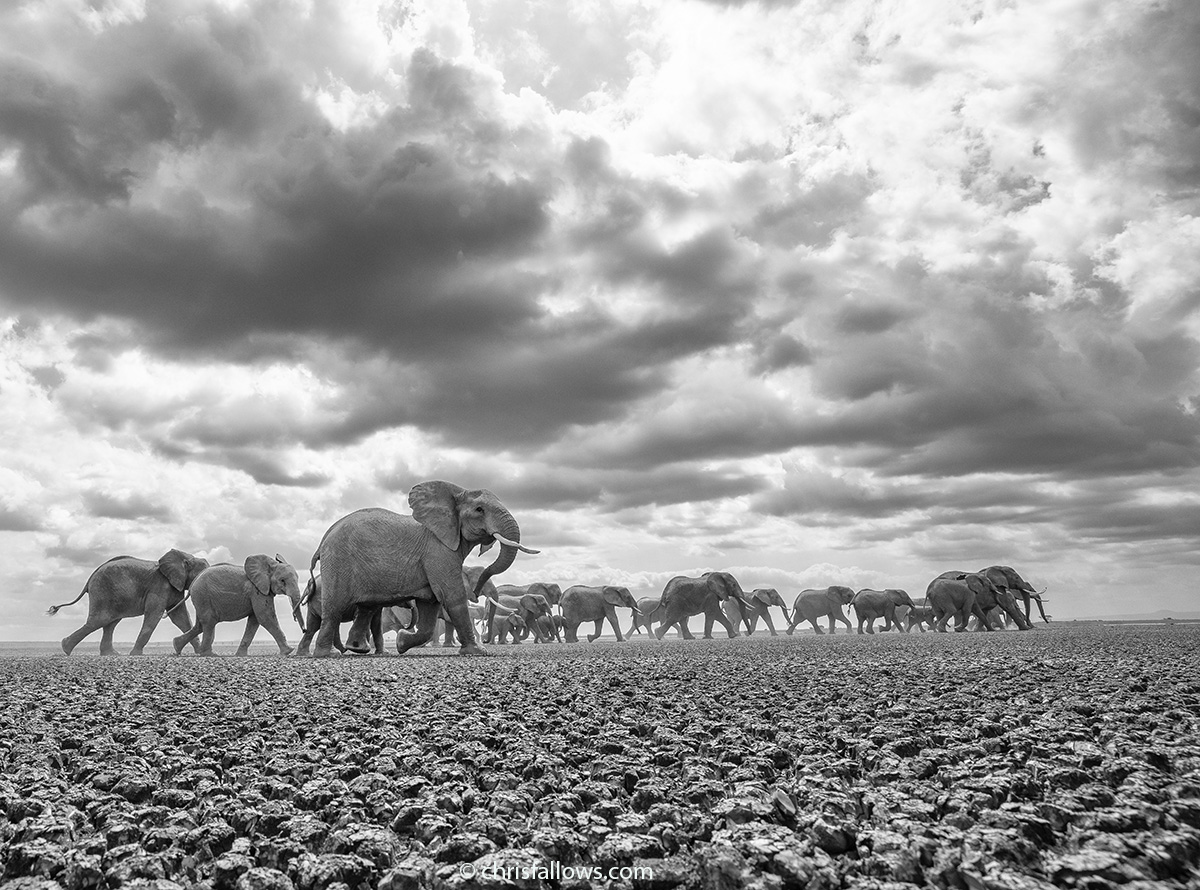
Logistically, how do you photograph the elephants?
Together with my incredible wife Monique, who shares my passion for nature, we plan each photographic expedition well in advance. I go on each of these trips with a clear set of objectives of the look and feel of the image I would like to capture. Weather, dust, clouds, uncluttered backgrounds, low angles, intimacy, etc are all considerations as well as the actual look of my individual subjects. I seek out magnificent specimens and know where and when to have the best chance to see them.
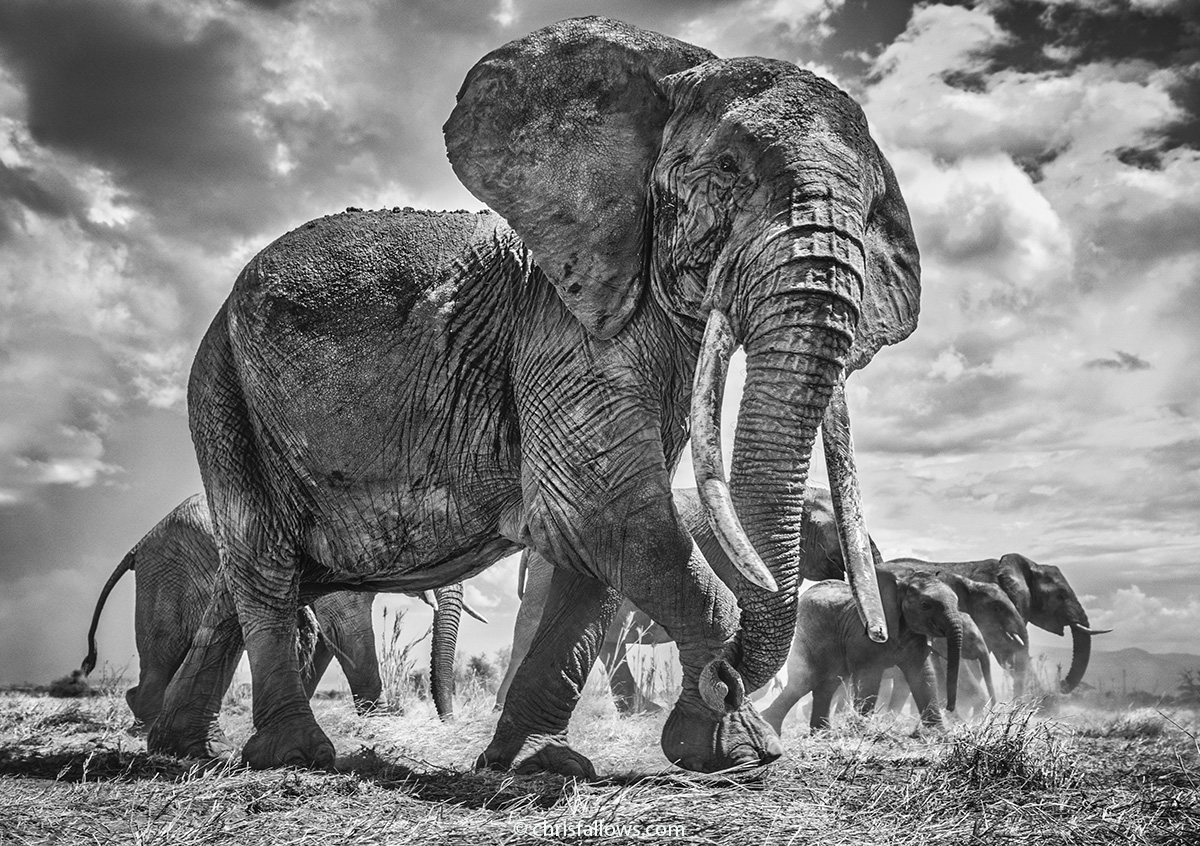
How long do you observe them before photographing them?
When on location, I try wherever possible to spend time with my subjects and let them get familiar with me. I take great care to not disturb them and when I am at very close quarters with them I am on my own. I need to be incredibly alert and aware of even the slightest changes in posture or behavior.
I do not carry a gun, as the last thing I would ever want is an animal to be hurt due to my actions. I rely on getting it right and being respectful at the same time. It really puts it into perspective that some people still see it as an achievement of vanquishing a supposedly dangerous animal with a gun armed with a telescopic sight when I can interact with these supposedly dangerous animals from just a foot away with a camera.
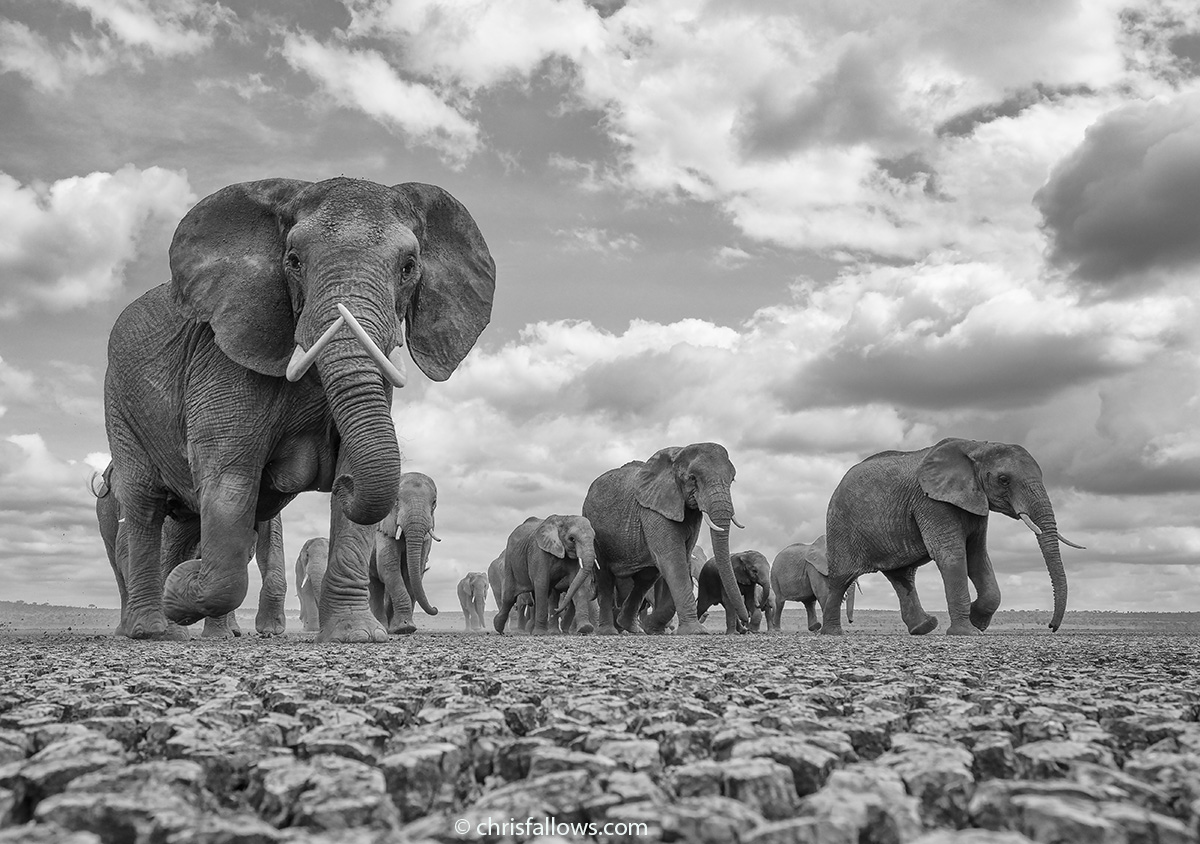
What is the most extraordinary thing you’ve learned about elephants from taking their pictures?
I know it’s cliche, but it would be their incredibly strong family bonds. I was always very much a predator person until I really spent time around elephants. I then started to appreciate their family and social structures and how caring they are for each other and how the family is everything to them.
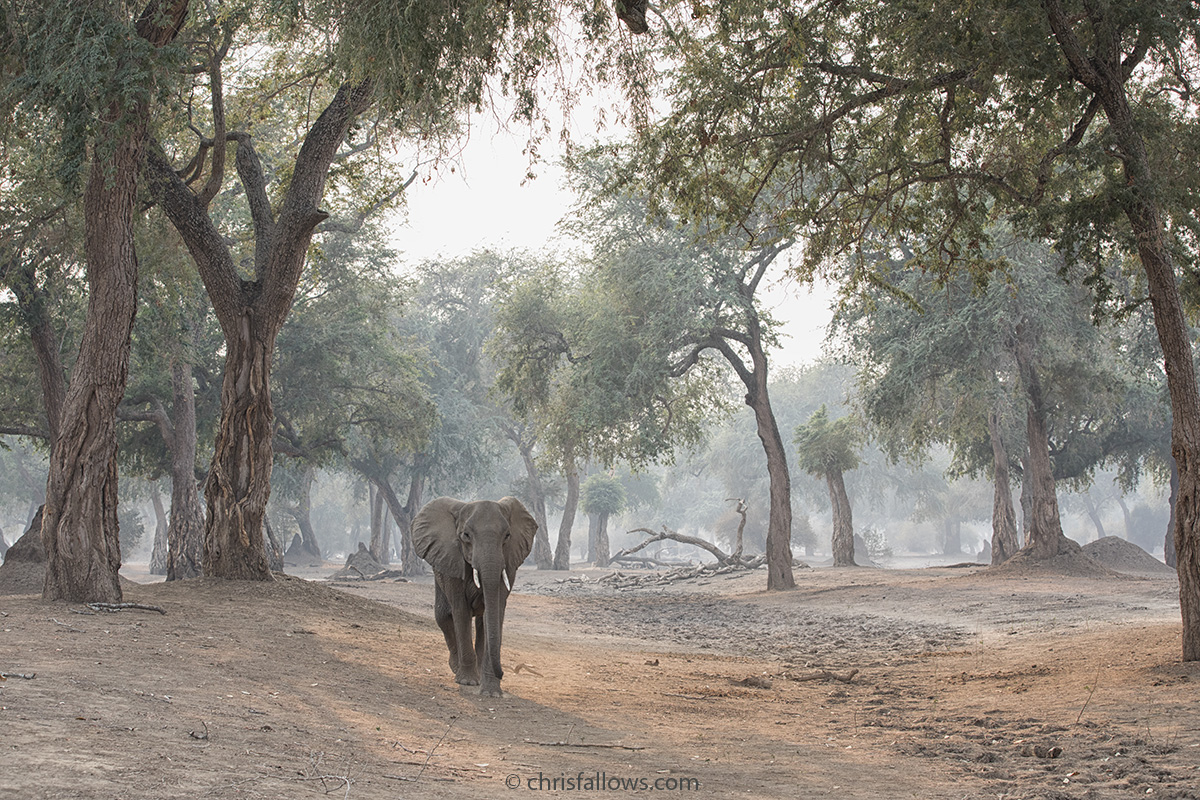
Mrs. Stumpy Tail
Is there a moment in photographing an elephant that is especially memorable for you?
Yes, in Mana Pools National Park Zimbabwe. The bulls in this park are famously relaxed, and sitting a few feet away from one of these incredible animals is amazing. But it is a frumpy insignificant little female we have come to know and love called Mrs. Stumpy Tail that has touched my heart. Over the years we have seen her dozens of times; she regularly walks through our camp, browses next to our tent, and is a part of the fabric of each of our visits. She has come to know me in her world and on several occasions when I am on foot she has wandered over to me, sometimes just a foot away to see what I am up to. Quite simply, I love this funny looking insignificant little elephant.
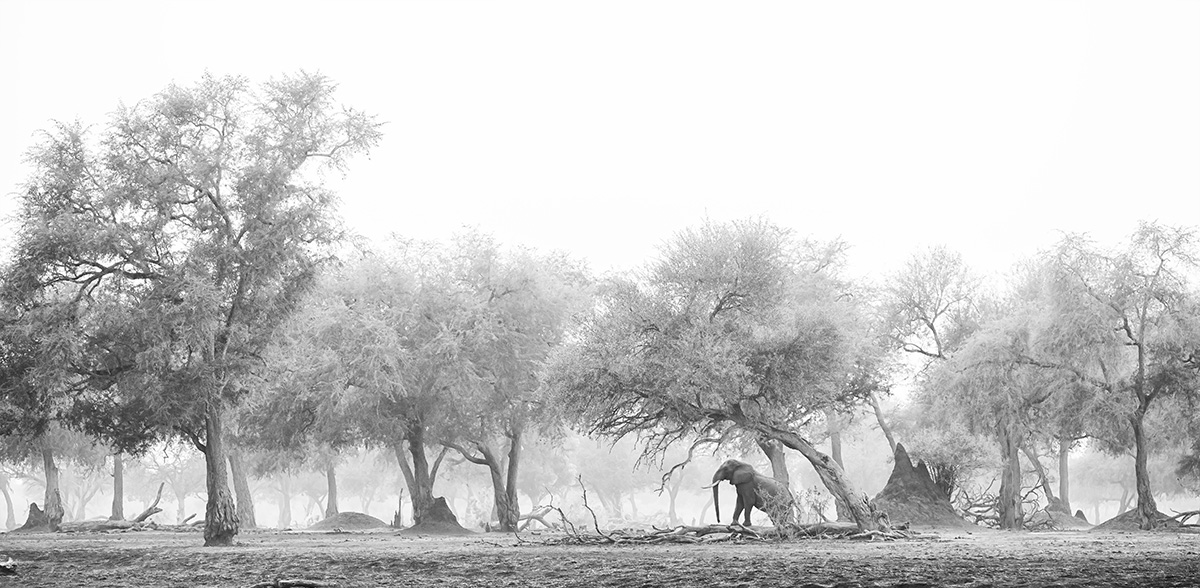
What do you see as a photographer’s responsibility to helping preserve our Earth and the creatures that inhabit it?
Anybody who has the opportunity to photograph a wild animal in its habitat has a responsibility to showcase that animal to the world to highlight its magnificence and the need to get others to appreciate and then contribute to conserving it. If you have access to expensive camera gear and can travel to wild locations, you are probably more privileged than most and you probably understand and appreciate that your subjects are under pressure. It is our duty to expose these animals to others less fortunate and hopefully instill in them a need to conserve what is still out there. People only understand, appreciate, and wish to protect that which they know and have exposure to.
Wildlife has given me my life, I have seen all corners of the planet and have had many lives worth of “once in a lifetime experiences” all thanks to nature, it is the very least I can do to give back.
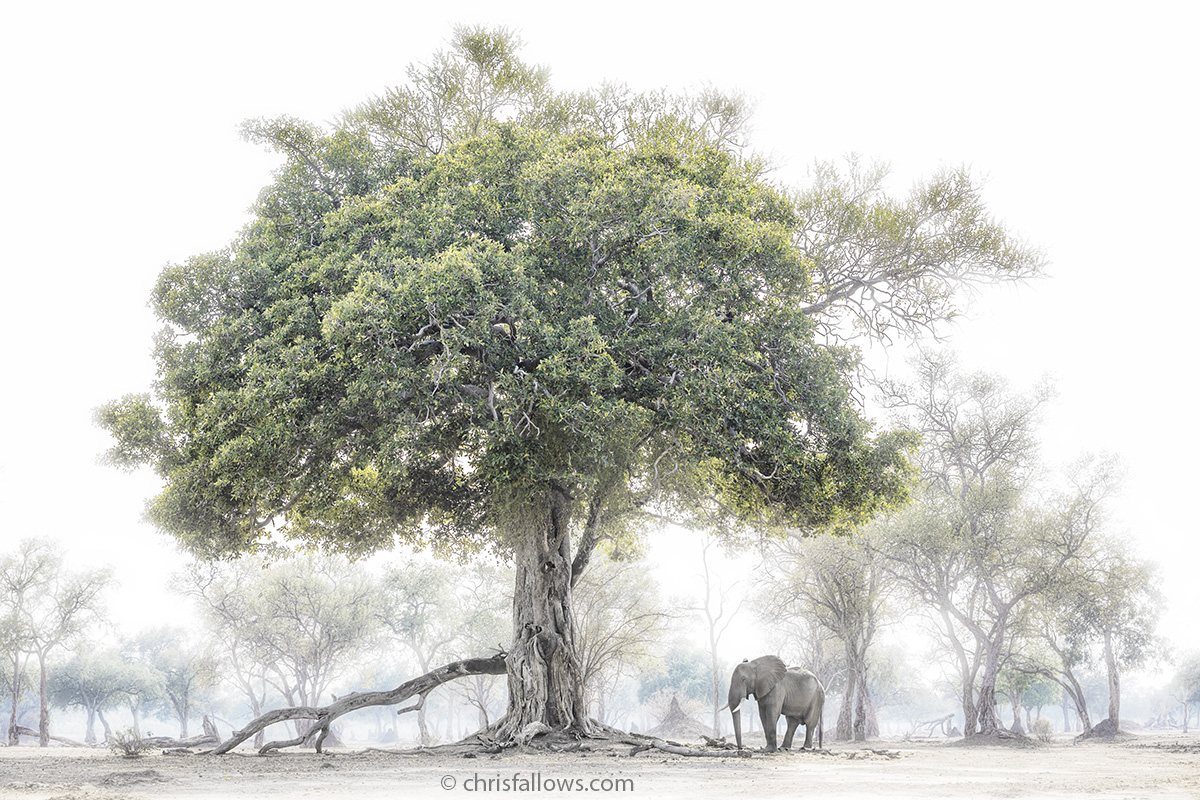
What’s on the horizon for you? Anything exciting you can tell us about?
I never stop chasing horizons; 2021 has some incredible adventures ahead. I am hoping to capture an iconic whale's tail to rival the best, and I have some new techniques lined up to hopefully allow me to do this when the mega pods of whales migrate down our coast. In March, we are planning to do a dive where I photograph great whites on the seafloor, and later in the year, we have expeditions planned for photographing super fast striped marlin feeding on bait balls and orca feeding on herring schools. And of course, several visits to Africa’s most iconic landmarks to search for its most magnificent representatives.
All of these images will continue to form part of my Eleventh Hour limited edition fine art collection that showcases the world's most iconic creatures and the pressures each faces. The proceeds go towards buying land in Southern Africa for wildlife habitat restoration and protection as well as supporting various NGOs that protect what's left.
